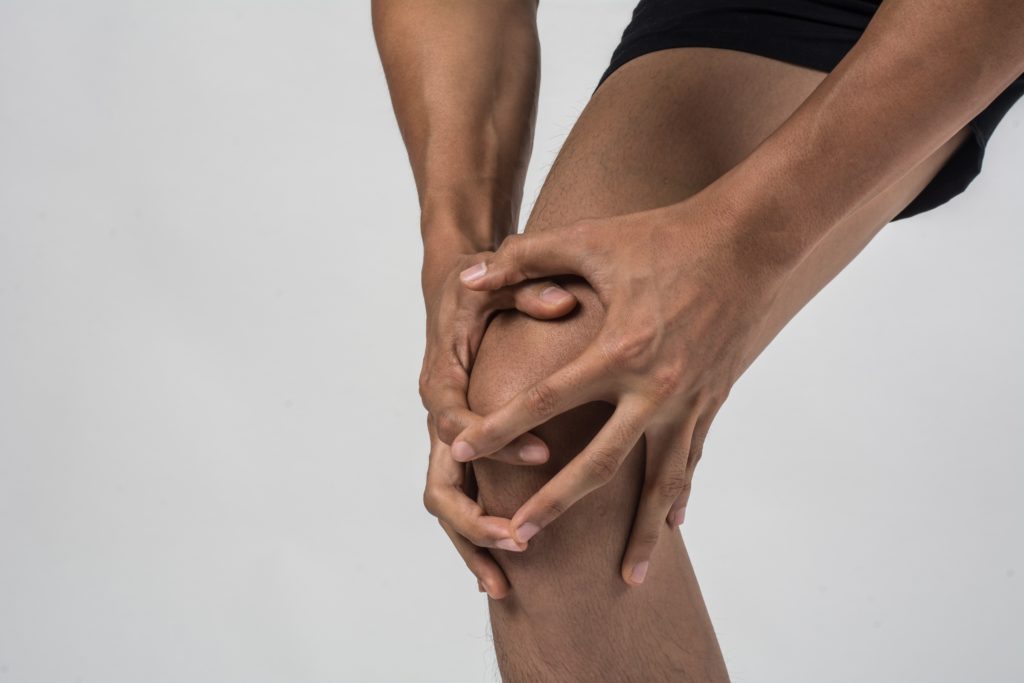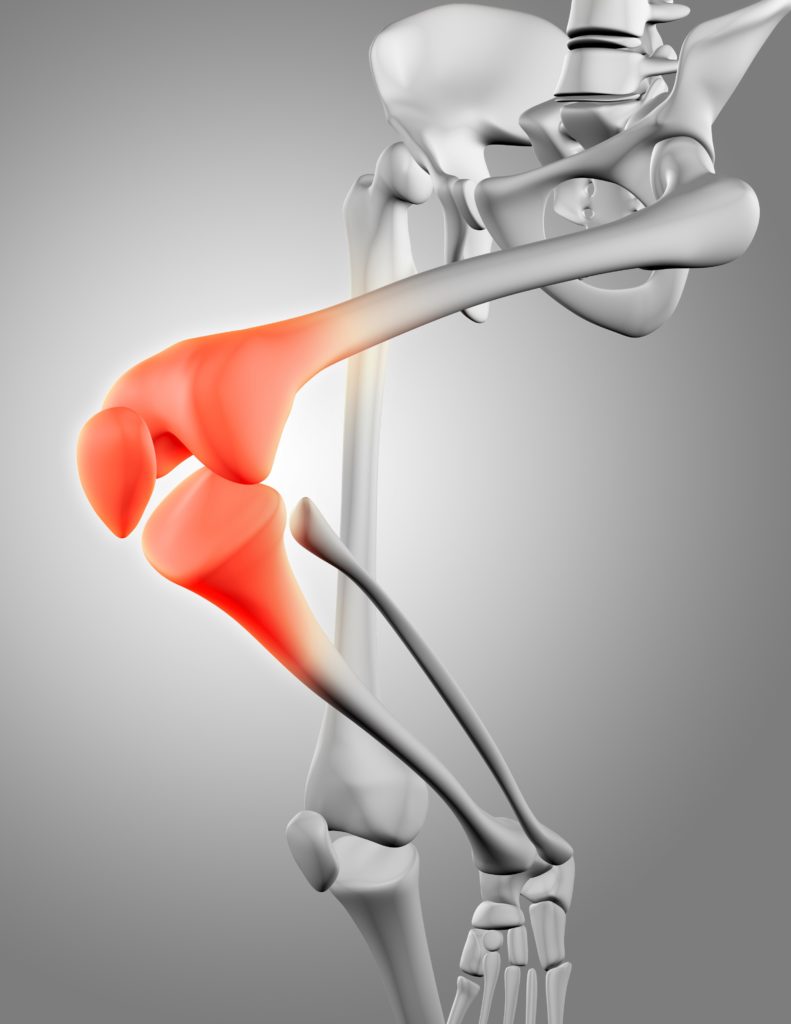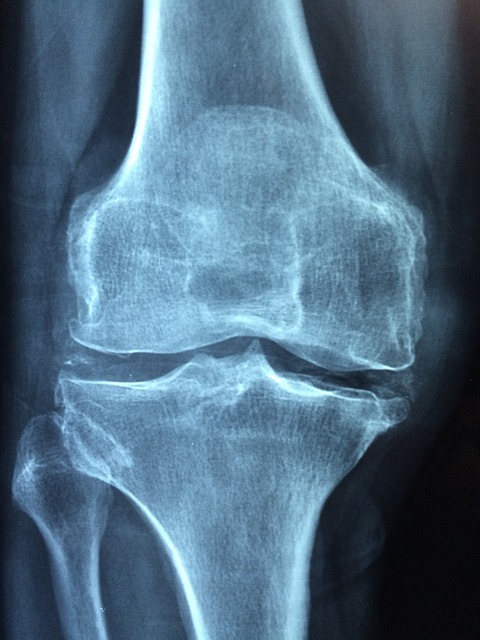KNEE PAIN AND WHERE IT COMES FROM
By Isabél Lamprecht (B.Sc.Physiotherapy)
Knee pain is a common occurrence in people of different ages. There may be a number of reasons why someone develops knee pain. In this post we would like to discuss the common reasons why knee pain happens and what treatments may be an option.
Firstly it is important to know a bit of the anatomy of the knee to understand where your pain may be coming from. The knee is a hinge joint, which means that it bends and straightens in one plane. The bones of the knee are the femur, tibia, fibula and the patella. There are ligaments in and around the knee that provide stability to the joint. Muscles around the knee will allow movement and stability. The knee also has bursa (fluid filled sacks) and a capsule surrounding the joint.
COMMON CAUSES OF KNEE PAIN
Injuries
Any number of the above mentioned structures in the knee may be injured during a fall or on impact. If a structure is placed under enough pressure it may cause a tear or even a fracture. Some overuse injuries are also common in the knee due to poor biomechanics.
- Ligament injury – the ACL and MCL are probably the most common knee ligament injuries seen. They can happen due to direct impact on the knee from the side or back or even due to a fall where the foot is anchored on the floor. These injuries are common in sports like soccer, rugby, hockey and even netball. An ACL that is completely torn may require surgery, smaller tears in either ligaments may benefit from physiotherapy and rehabilitation.
- Meniscus injury – the Meniscus is a piece of cartilage found in the knee, it lies between the bone surfaces of the femur and tibia. The meniscus has a shock absorbing function and as it degenerates and gets thinner knee pain may develop. Sporting injuries or falls can also create a tear in the meniscus. In severe cases it may require surgical repair, but in some cases physiotherapy has also been found to be effective in rehabilitation.
- Fractures – due to high impact injuries like a motor vehicle accident any number of the bones in the knee may be fractured. Fractures may extend into the joint or even involve the patella.
- Overuse injuries – some of the more common overuse injuries may be a patella tendonitis, patella bursitis, ITB syndrome, PFPS (patella femoral pain syndrome) also sometimes called runner’s knee. All such injuries are treated very well by physiotherapy and require a thorough evaluation of symptoms and biomechanics to determine exact cause.
Other Causes
- Osteoarthritis (OA) – this is probably one of the most common causes of knee pain. It occurs due to degeneration of the cartilage, which causes narrowing in the joint. OA can worsen over time as we age. Pain may be treated with physiotherapy and exercise. In severe cases a knee replacement may be advised in people who are older to improve functionality.
- Other conditions may also be Rheumatoid arthritis, gout, septic-arthritis, posterior knee pain arising from popliteus muscle or a Baker’s cyst. Knee pain may also referred pain coming from the lower back or hip joints.
TREATMENT
Conservative treatment which may include physiotherapy for pain management, biomechanical evaluation and rehabilitation specific to your condition may be necessary. Orthopaedic surgery, medication and braces may also be required depending on the cause of your pain.
Knee pain is such a broad term and can never be used to describe one condition. Proper evaluation by a trained medical professional is necessary to make an accurate diagnosis and treat the underlying cause of symptoms.
References:
https://www.mayoclinic.org/diseases-conditions/knee-pain/symptoms-causes/syc-20350849
Images:
<a href=’https://www.freepik.com/free-photo/young-sport-man-with-strong-athletic-legs-holding-knee-with-his-hands-in-pain-after-suffering-ligament-injury-isolated-on-white_1602568.htm’>Designed by Freepik</a>
<a href=’https://www.freepik.com/free-photo/pain-in-the-knee-joint_923799.htm’>Designed by Freepik</a>




Recent Comments